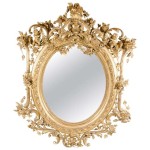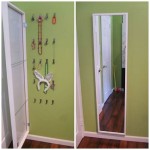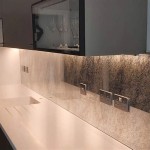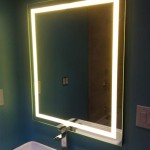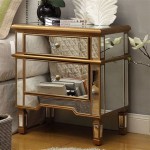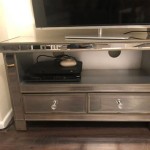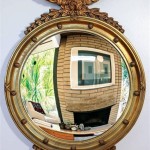How Can You Tell If a Mirror Is Two-Sided?
Two-sided mirrors, also known as "two-way mirrors," are a fascinating tool that allows for observation from one side while seemingly reflecting normally from the other. This intriguing optical phenomenon has been used in various applications, ranging from security surveillance to entertainment illusions. But how can someone determine if a mirror is two-sided, especially without access to the hidden observation room? This article will explore the science behind two-sided mirrors and provide practical methods for detecting them.
Understanding the Principle of Two-Sided Mirrors
A two-sided mirror is essentially a partially reflective surface. This means that it allows some light to pass through while reflecting the rest. The key factor that determines whether a mirror appears as a "two-way mirror" is the relative brightness of the two environments on either side of the glass. Here's how it works:
Imagine a mirror with a silver coating on one side. If the room on the side with the silver coating is brightly lit, while the other side is dark, the mirror will appear as a normal reflective surface to those in the brightly lit room. This is because the reflection of the bright room overwhelms the faint light passing through the silver coating. Conversely, someone in the dark room will be able to see through the mirror, as the light from the bright room is transmitted while their own darkness remains obscured.
Therefore, the secret to a two-sided mirror lies in the careful manipulation of light intensity to create the desired visual effect. The "two-way" effect disappears if both sides are equally illuminated.
Visual Clues and Tests
While it can be impossible to ascertain the exact properties of a mirror without specialized equipment, several visual clues and tests can help you determine if a mirror is more likely to be two-sided. Here are some of the most effective methods:
1. Lighting Conditions
The most straightforward indicator of a potential two-sided mirror is the difference in illumination between the two sides. Look for signs of an artificial light source or an unusual level of brightness in the area where the mirror is located. If one side is significantly brighter than the other, it could suggest the presence of a hidden observation room.
2. Reflection Intensity
Examine the reflection of your own image in the mirror. If the reflection appears unusually dark or faint, it could indicate that the mirror is partially reflective, allowing some light to pass through. This effect will be more noticeable if the room behind the mirror is darker than where you are standing.
3. The "Finger Test"
This simple test involves placing your finger close to the surface of the mirror and observing the space between your finger and its reflection. If the gap appears larger than expected, it suggests that the mirror is partially reflective and there is a space between the glass and the reflective layer. This space is often where the hidden observation room is located.
4. Light Transmission
Try shining a bright flashlight or a strong beam of light at the mirror. If you can see light passing through the mirror, especially in a dark room, it is a strong indication that the mirror is partially reflective, suggesting the potential for it to be two-sided.
Beyond the Basics
While these visual clues and tests can provide a good indication, it's important to remember that they are not foolproof. Some mirrors might be designed to create the illusion of a two-sided mirror without actually being one. For example, a mirror with a specialized coating can appear to be partially reflective without actually allowing light to pass through.
In addition to visual cues, consider the context and purpose of the mirror. Two-sided mirrors are often used in specific settings such as interrogation rooms, security applications, and entertainment venues. If the mirror you encounter is in such a setting, it's more likely to be a genuine two-sided mirror.
Ultimately, determining the true nature of a mirror requires a combination of observation, experimentation, and understanding of its context. By carefully observing the clues and conducting the tests described above, you can increase your likelihood of identifying a two-sided mirror and uncovering any hidden secrets it may hold.

How To Tell If A Mirror Is Two Way Or Not 8 Steps With Pictures

How To Detect A Two Way Mirror Fingernail Test

How To Tell If You Re In A Room Restroom Motel Etc With Mirror Or

How A Two Way Mirror Works

How To Tell If A Mirror Is Two Way Or Not 8 Steps With Pictures

Glass Two Way Mirror In Stock Custom Sizes Worldwide

This Is Super Creepy I Know Will Always Check My Dressing Room Mirrors Two Way Mirror The More You Fun Facts

How To Tell If A Mirror Is Two Way Or Not 8 Steps With Pictures

Suction Cup Wall Mirror Bathroom Makeup Hanging 360 Adjustable Double Sided Magnifying Desktop Table

Dental Orthodontic Intraoral Photographic Reflector Mirror 2 Sided Rhodium Metal Mirrors China Pressure Gauge Made In Com

